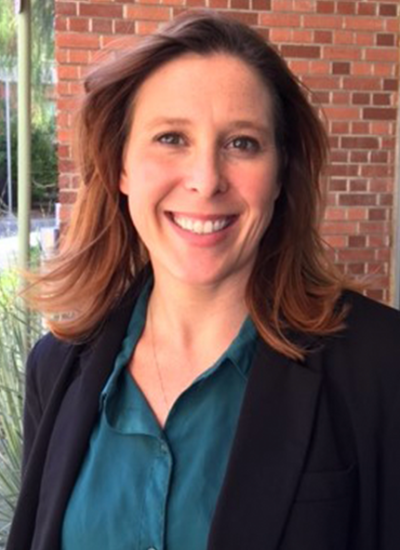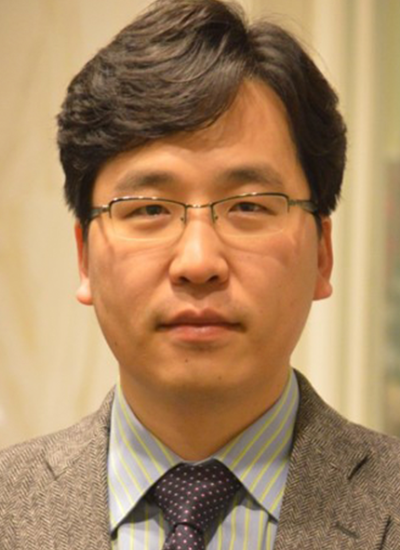Materials Science & Engineering
Associate Professor, Chemical and Environmental Engineering
Associate Professor, Chemistry and Biochemistry
Associate Professor, Materials Science and Engineering
Co-Director, Institute for Energy Solutions
Associate Professor, BIO5 Institute
Primary Department
Department Affiliations
Contact
(520) 626-5567
Douglas A Loy
Professor, Materials Science and Engineering
Professor, Chemistry and Biochemistry
Professor, James E Rogers College of Law
Professor, BIO5 Institute
Primary Department
Department Affiliations
Contact
(520) 609-6021
Work Summary
Developing safer, more stable sunscreens
Research Interest
Minkyu Kim
Assistant Professor, Biomedical / Materials Science Engineer
Assistant Professor, Biomedical Engineering
Member of the Graduate Faculty
Assistant Professor, BIO5 Institute
Primary Department
Department Affiliations
Contact
(520) 621-6070
Work Summary
Minkyu Kim's research interests are in the areas of biopolymers and biomaterials for advanced national defense and healthcare. He is currently working to develop functional biopolymer materials for the treatment of antimicrobial-resistance diseases and atherosclerosis.
Research Interest
Pierre A Deymier
Department Head, Materials Science and Engineering
Professor, Materials Science and Engineering
Professor, Applied Mathematics - GIDP
Professor, BIO5 Institute
Primary Department
Department Affiliations
Contact
(520) 621-6080
Research Interest
Erica L Corral
Associate Professor, Materials Science and Engineering
Associate Professor, Aerospace-Mechanical Engineering
Distinguished Scholar, Materials Science and Engineering
Member of the Graduate Faculty
Associate Professor, BIO5 Institute
Primary Department
Department Affiliations
Contact
(520) 621-0934






